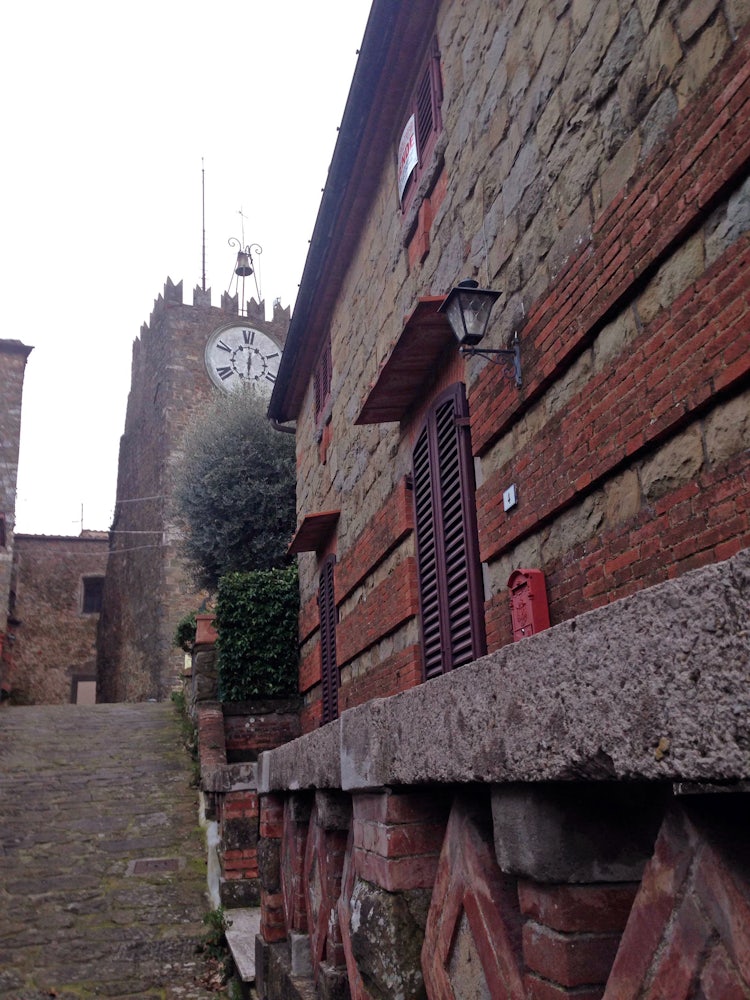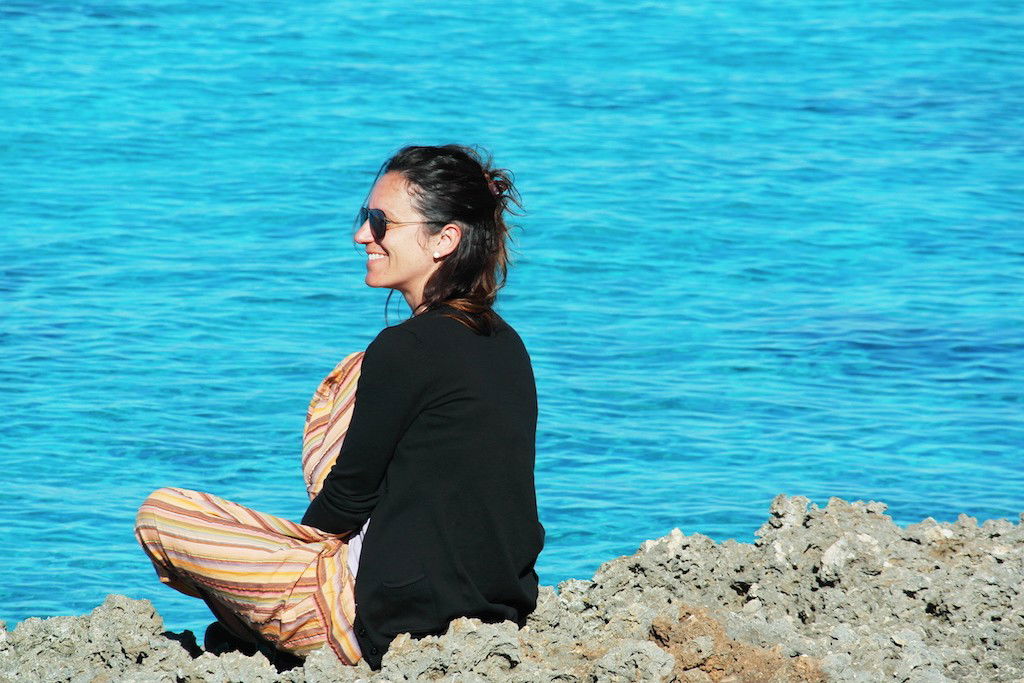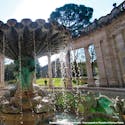Explore the Borgo Montecatini Alto
Montecatini, an enchanting destination located between Florence & Lucca
You might not even have heard of this little town located on the main road and train line between Florence and Lucca, but it has been here since before medieval times. The position is not an arbitrary location, but rather one that reflects its unique natural defensive barrier and its strategic position for those ruling families hungry for power.
Valdinievole or Val di Nievole
Translated, this is the valley of the river Nievole, which runs thru the eastern part of the valley. The word Nievole comes from the latin word for fog or mist, giving the area a rather magical allure, the misty valley.
The Nievole Valley is characterised by three principal zones: the first is mountainous, with some peaks reaching 1.000 metres in height, the second formed of hilly country and the third derived from an area of lakes and swamps.
This and the other rivers in the valley dump into the what is one of the largest wetlands of Tuscany, also known as the Palude of Fucecchio. The marsh lands where a natural defense slowing down military forces from the times of Hannibal of Carthage, who passed through the "padule" (swamp) to the troops fighting in WWII.

Throughout history towns were built high in the hills and peaks to escape the unhealthy waters of the swamp lands below, a breeding ground for malaria, and the constant power struggle between Lucca, Florence and Pistoia. It wasn’t until the 16th century when the Medici family started to recuperate the land, did it become safer to live in the base of the valley. But by then the city of Montecatini had deep roots in the hills, seen by the massive walls, the towers and the fortress.
The area below the city of Montecatini was cleaned up by the Grand Duke Leopold, who built channels for the disposal of water, and all this work led to the recover of the thermal springs now know as Montecatini Terme, because they are located at the base of Montecatini, or what is often called Montecatini Alto.
When making Montecatini as your base, be sure to check exactly where - Montecatini Alto or Montecatini Terme! The two towns are connected by a bus that runs regularly every 60 minutes or you can make use of the cable car that offers a picturesque view on the ride up (and down).
City Highlights
Just a few pointers of what to look for as you stroll the streets of Montecatini Alto.
The Walls
History tells us that at one time there were gates all along the walls, with a “porta” or door corresponding for each one of roads that entered into the castle. Today many of these roads bear the name of the door or gate. Some of the 25 towers have remained, built into more modern structures such as the main square, S. Maria a Ripa's convent or the bell tower of the church and the fortress.
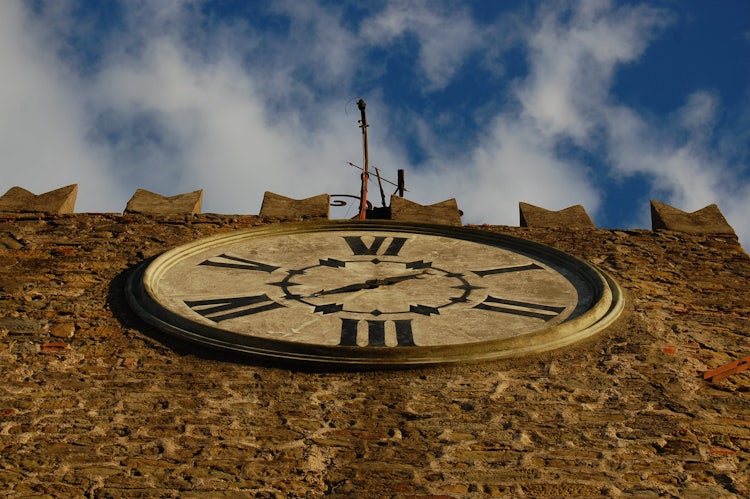
De’ Lemmi Tower
The Clock Tower
This is one of the more interesting towers with a 19th century clock in the style of “Roman Clock” with only 6 numbers on the face. Here you will see displayed 12, 2, 4, 6, 8 and 10.
Tramontana
The Fortress of the Ancient Castle
This pentagonal shape with its sloped walls and tower dates from the XIV century, when Montecatini was under the Florentine influence. However, this was built on a dwell that dates as far back as the XII century, including several towers.
Castelnuovo
The Carmel Fortress
The second fortress, the Carmel, appears to date back to the late XII century and was built as a surveillance post looking over towards Pistoia and the southern part of Valdinievole. When the church and nearby convent were built, the walls and gates of the castle were destroyed, however there is a tower with a clock that still prevails.

Chiesa di San Pietro
This church, with all of its successive modifications, dates back to the XI century. What we see today is a result of the intervention of Antonio Zannoni in the second half of the XVIII century. Next door you will find a Museum which contains several precious artifacts, artwork and more for the area and church.
Church & Convent of Santa Maria a Ripa
The Church and convent of Santa Maria a Ripa can be found near the one remaining gate to the city, Porta di Borgo. The name Ripa comes from the fact that this zone was once known as Ripa. The church dates back to the 1100's and the convent was built in a later period by a group of women from Montecatini who joined the Order of St. Augustine.
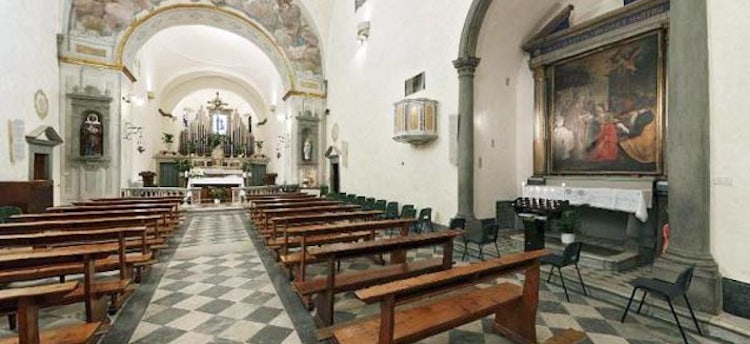
Chiesa dei Santi Jacopo e Filippo
This church, also known as the Carmel church, was built in 1296, and is situated next door to the Castelnuovo fortress. The Carmel church, as well as St. Peter's, underwent many changes and the latest in 1764 left it with a baroque look.
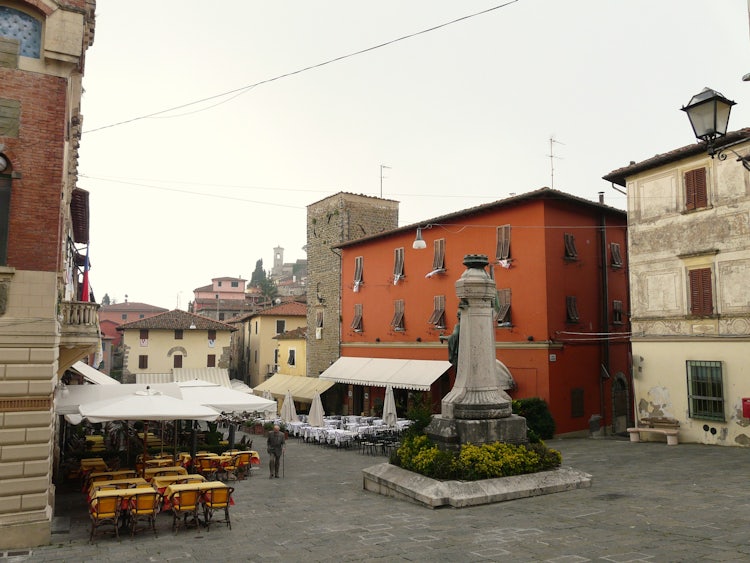
Walking Itinerary
To wander around Montecatini Alto translates into a sensory pleasure for both the eyes as well as the palate. The main square, in fact, is rich with restaurants and little place where you can taste a good wine while dining on dishes made with traditional Tuscan recipes. This is just the place that lends itself to a brisk winter afternoon for a comfortable environment and a deliciously warm cup of hot chocolate (like I have done so many times!)
Set on two hills, Montecatini Alto, sits proud and invites you to explore. On one side you will find the Rocca di Castello Vecchio, the Church of St. Peter (the original church of Montecatini) and the Tower of Campanaria. Instead, on the opposite hill you will find the Torre dell’Orologio and the Church of the Carmine in a distinct Baroque style.
At one time the city boasted eight city doors, however today only of these doors still remains: Porta di Borgo together with the Benedictine Monastery of S. Maria a Ripa.
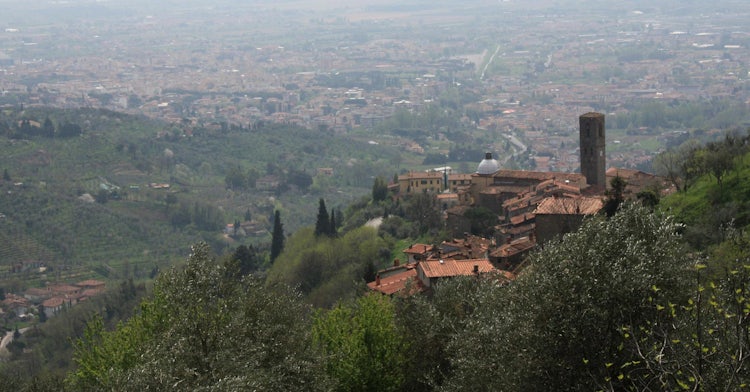
The main building of the Theater of the Risorti has a floor in stone which has been decorated with stone accents in a distinct Liberty style, rich with stems and antique accents. Fore those who follow Italian opera, this is the very same theater where Guido Riccioli had his debut.
Strolling from one hill to another you will be able to investigate the Tower, the Rocca and the Church. As you walk around, you can inhale the atmosphere of a time long gone by. I encourage you to lose yourself just a bit in the small “vie” and roads that criss cross within the city walls, lined with little shops which bring the center to life. You will see the house of the Italian poet Giuseppe Giusti and Ser Ugolino Caccini (noted as the first person to actually recommend the waters for their healing qualities.) Take the time to appreciate the architecture with the borgo, enjoy the panorama from these heights and sky not to miss not even only little glimpse of the surrounding hillside.
If you are particularly interested in stalactites and stalagmites I would point out that along the road between Montecatini Alto and Montecatini Terme you will find Grotta Maona (the Maona Cave) and with a brief stop of approximately 20 minute together with an expert guide, you can visit the interior of the cave from April to October.
How to Get to Montecatini Alto
By Car
Located almost mid point between Florence and Lucca on the Autostrada (A11), Montecatini is an easy place to find with its own dedicated exit: Montecatini Terme. This is a toll road.
Coming from Milan: You will take the Autostrada del Sole (A1) south towards Bologna and then on towards Florence. Before you get to the center of Florence, you will take the deviation for A11 and exit at Montecatini Terme.
For those coming from (or going BACK) to Milan and want to visit CINQUE TERRE, then you will take A7 towards Genoa, La Spezia, Viareggio and then pick up the A11 towards Florence. There is an alternative route using the A1, and then at Parma head towards the coast and La Spezia. From here Viareggio and then exit Montecatini Terme.
Arriving from Rome: Autostrada del Sole north towards Florence (A1), you will pass Florence and take the toll road Firenze Mare (A11) towards Lucca/Pisa, exit at Montecatini Terme.
Once you exit, follow the signs for Montecatini Alto. Or you can follow signs to the FUNICOLARE, and park your car at Montecatini Terme and ride the cable car to the top (Montecatini Alto).
Or you you like a bit of exercise, you can park the car at the base of the hill and take the antique trail that winds its way up the hillside called “la Costa”, where you can breath the brisk fresh air and watch as the vistas slowly open up before you.

By Train
You can take a train from Milan to La Spezia if you want to include a trip to Cinque Terre, however it is probably more convenient to go first to Montecatini, and then make a day trip to Cinque Terre.
Arriving by car or arriving with the train takes practically the same amount of time. However there are no direct trains to Montecatini - either Terme or Alto.
Arriving from Milan, you will need to take a fast train to Florence and then from here change for a regional train to Lucca, where you can get off at Montecatini Terme.
The same if you are coming from Rome, first a fast train to Florence then a connecting regional train towards Lucca, which will stop in Montecatini.
Save the date in Montecatini
This is an active little town and there are many events throughout the year which give life to the borgo. Sagras, food festivals, markets for handcrafts and artist, dinner, parties and exhibitions. The Palio dei Quartieri and the Disfida dei Castelli della Valdinievole are held in June. In the Palio there are 4 “contrade” or competing sections of the city which challenge each other in a show of bravura in Archery: Carmine, San Pietro, Porta di Borgo, Rione Casina Rossa and more recently they have added a 5th, called Il Poggetto.
The second big event in June, the Disfida, it is another competition with bows and arrows which symbolically represent the acquisition of the Castello di Montecatini. In the true medieval style there is a parade in dress of the ages, flag bearers and a show as well as classical medieval musicians who perform all throughout the city.
There is always a good reason to stop and visit Montecatini Alto, even if it is just to appreciate the unique and beautiful landscapes of the Valdinievole in the province of Pistoia.
